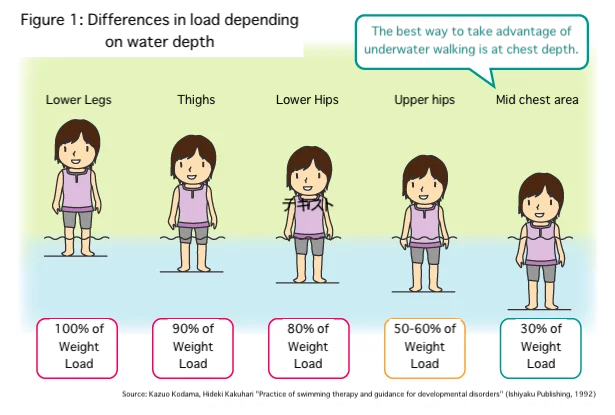
This time we would like to introduce how to exercise in a pool. Exercise in water is buoyant and provides more resistance than on land.
In other words, you can exercise more efficiently with less load.
There are many good things written on the internet and in explanations, but everything has its advantages and disadvantages.
This time we will briefly write about the benefits of exercising in water, so please refer to it.
Next time, we will write about the disadvantages.
*As a general rule, please be sure to perform warm-up exercises, hydration, and nutrition before entering the pool.
Please be careful as taking this lightly may cause a major accident.
We would also like to discuss nutrition before and after exercise in a future article.
[What you must do]
・Pre-exercise warm-up and post-exercise care
・Frequently hydrate before and after exercise
・Nutrition before and after exercise (energy sources, protein, etc.)
・If it becomes difficult or painful, do not force yourself and please seek guidance from a specialist.
・If you have a medical condition (high blood pressure, heart disease, etc.), be sure to check with your doctor before trying any of these exercises
【Advantages】
〇You can exercise without putting strain on your joints.
Due to the effect of buoyancy (a force that acts in the opposite direction to gravity), humans weigh less than they would on land.
In the image, it is only up to your solar plexus, but when you are immersed up to your shoulders, your weight is about 1/10 of what you would weigh on land. If you weigh 60kg, it will be about 6kg.
Since your weight is lighter, the burden on your joints will also be reduced.
Another important point is that the effects of buoyancy make it easier for your legs and hands to float.
Humans are naturally designed to move their bodies to avoid imbalances.
Exercising in water not only develops your sense of balance, but also trains your core and inner muscles.
〇Ideal for calorie consumption
- You can burn the same amount of calories with 2/3 the amount of exercise as on land.
- Resistance is applied from all directions 360 degrees, so you can train every muscle in your body.
- You can exercise your whole body without straining yourself, and the strain can be adjusted according to the speed and size of your body movement, making it suitable even for people who are not confident in their physical strength.
〇Improvement of blood circulation
- Underwater, water pressure compresses and constricts blood vessels, making blood circulation better than on land.
- Strong water pressure is applied to the legs, which are at the deepest position underwater, which improves blood circulation in the legs, making it easier to eliminate swelling in the legs where blood and water tend to accumulate.
〇Improvement of cardiopulmonary function
- Appropriate compression of the chest allows for greater breathing and improves respiratory function.
- If you continue to exercise in water, your breathing will naturally become deeper.
〇Relaxing effect
Just floating has a similar effect to weightlessness, and it has the effect of relaxing both body and mind.
Next time, we will post about the “disadvantages” of water exercise.
Let’s reaffirm the benefits of daily exercise to live a better life.



